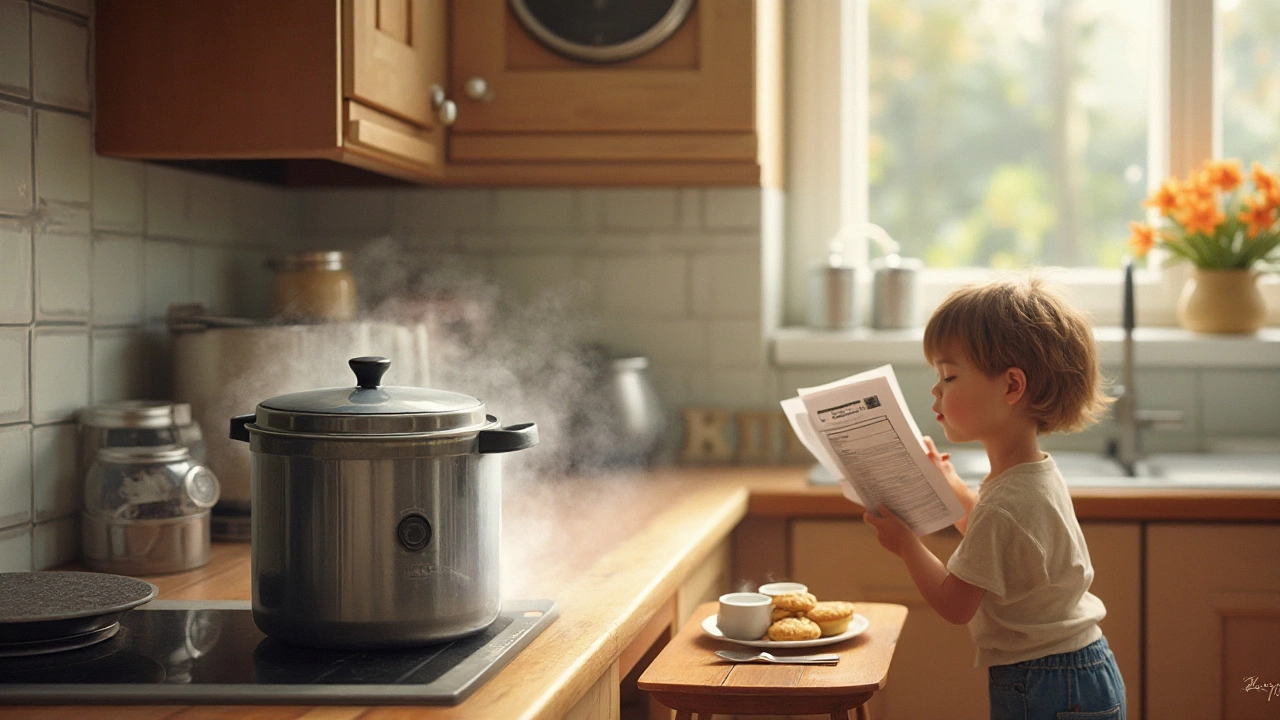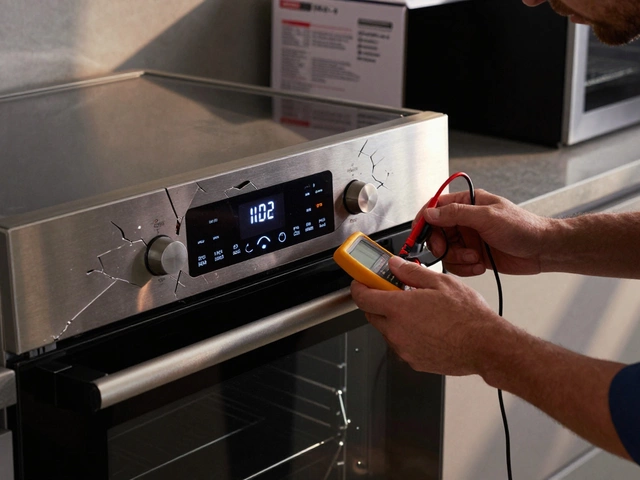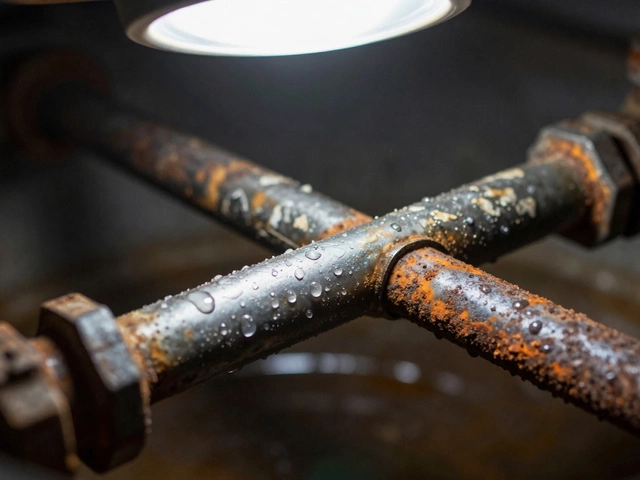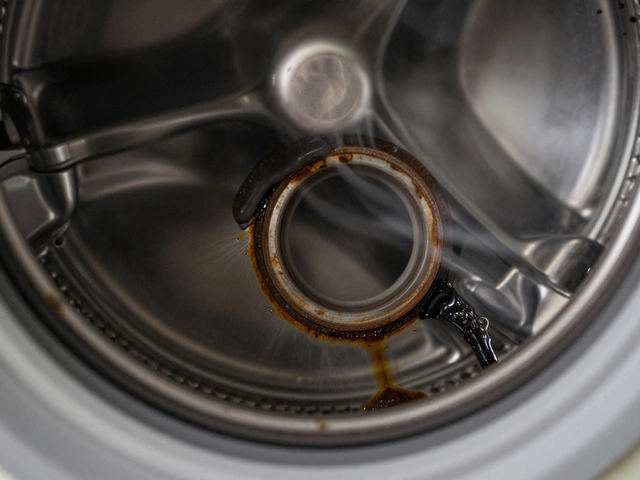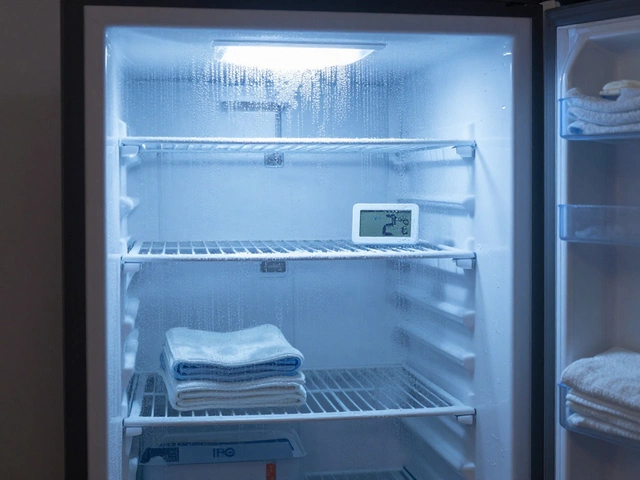Pressure Cooker Repair: Quick Fixes and When to Call a Pro
If your pressure cooker won’t build pressure, leaks steam, or makes odd noises, you’re probably frustrated. The good news is many issues are easy to check before you pick up the phone. In this guide we’ll walk through the most common faults, safe DIY steps, and the signs that it’s time to let a qualified technician handle it.
Common Problems and Simple Checks
First, make sure the cooker is clean. Food residue on the sealing ring or valve can stop the pot from locking properly. Remove the rubber gasket, wash it with warm soapy water, and inspect for cracks or hardening. If the ring looks worn, replace it – they’re cheap and a fresh seal often solves pressure loss.
Next, look at the pressure regulator (the little knob on top). It can get clogged with steam or oil. Unscrew it, clean the tiny opening with a brush, and re‑assemble. A blocked regulator will release steam too early, keeping the cooker from reaching pressure.
Another frequent hiccup is an over‑filled pot. Too much liquid or food blocks the vent, so pressure builds unevenly and the safety valve may pop. Always follow the manufacturer’s fill line, and remember that foods that expand (rice, beans) need extra space.
Finally, check the safety valve for debris. If the spring is stuck, the cooker will think something’s wrong and shut off. Tap the valve gently, then lift the pin to release any blockage. A clean, free‑moving valve is essential for safe operation.
When to Hire a Professional
If you’ve tried the basics and the cooker still won’t hold pressure, the problem is likely deeper. Issues like a warped pot base, a cracked sealing ring that can’t be fixed, or a malfunctioning pressure sensor need expert tools and knowledge. Trying to force a repair on these parts can be dangerous – pressure cookers operate at high pressure and a mistake could cause injury.
Another red flag is unusual noises: rattling, grinding, or a metallic clank that wasn’t there before. Those sounds often mean a loose internal component or a broken valve spring. A qualified repair service will disassemble the unit safely, replace the faulty part, and test it to meet safety standards.
Cost is also a factor. A simple gasket replacement is cheap, but a full valve assembly can run higher. Ask the technician for a clear quote before work begins, and compare it to the price of a new cooker. If the repair cost is close to buying a new one, you might be better off upgrading.
Finally, always choose a repair company that specializes in kitchen appliances and has good reviews in the Hinckley area. Look for technicians who are insured, offer a warranty on parts, and can provide a written estimate.
By running through the quick checks first, you’ll save time and money on many common issues. When the problem is beyond basic maintenance, a trusted professional will get your pressure cooker back to safe, reliable use without the guesswork.
6 October 2024
·
0 Comments
Pressure cookers are a kitchen staple, but sometimes they present challenges that need fixing. Common issues include steam leaks, slow cooking times, and pressure build-up failures. Identifying the root cause of these problems can help in effective troubleshooting. Proper maintenance is key to ensuring the longevity and efficiency of your pressure cooker.
Read more

